Five Steps to Literacy
Note: This article was originally published in ThinkTank titled, "A scientific approach to early language learning"
My daughter read her first word on her third birthday. My family was amazed. We thought we had a true genius on our hands. But when I visited her Montessori preschool, I discovered the truth—in Montessori school, they explicitly teach you how to read as soon as you’re interested in it. Not to say that my daughter isn’t a genius (she’s amazing), but she was not the only 3-year-old in her class who was happily sounding out words. How could that even be possible?

In traditional preschool/kindergarten, a lot of time is spent on learning the alphabet and building a child’s love of books, reading, stories, songs, and language as a whole. But, despite this, the children in Montessori schools show an academic advantage over children in non-Montessori schools during the preschool years (Lillard et al., 2017). So, what exactly is going on in Montessori preschools? Are they chaining children to desks and forcing them to memorize sight words?
As it turns out, the term “Montessori” actually just means scientific pedagogy. It’s not a guru model, it’s a scientific model. Montessori preschools do all the literacy building things that traditional preschools do but they also explicitly teach children about the parts of a language and how those parts work together to make words and sentences. I learned this approach in Montessori teacher school and used it for years in my own classroom and in the classrooms I mentored. However, it wasn’t until graduate school at Harvard that I discovered that there is a boatload of research to back it up.
This post boils the scientific approach to language instruction down to five key concepts:
- Vocabulary development
- Phonemic awareness
- Letter-sound knowledge
- Writing (constructing words)
- Reading (sounding out words).
As you read, remember that no skills develop along a strictly linear path (Fischer & Yan, 2018). So, these steps are happening in order, simultaneously, and in reverse all at the same time. Thus, scientific pedagogy marries explicit, dynamic, and individualized educational approaches.
Step #1: Surround the child with a rich language environment
There are some things children are naturally programmed to do like learning to speak, take their first steps, or grow their teeth. These events are natural, biologically programmed, right? Yes, but, while our teeth will grow in even if we never visit a dentist, some of our biological changes depend on experience (Greenough et al., 1987). So, if an infant never opens their eyes, their visual cortex will not develop. Likewise, if a child never hears language, they won’t develop one. This leads us to the first key point; we must offer children an environment dripping with all the beauty our language has to offer.
The research world became acutely aware of the importance of oral language when Hart & Risley published their groundbreaking work in 1995. Their research found a connection between a child’s vocabulary exposure/knowledge at early ages and their IQ at older ages. While there is lively debate on the validity of those conclusions (Sperry et al., 2019), the overall need to engage children in their language(s) is well-supported (Anderson et al., 2021).
A young child will learn any language and as many languages as people around them speak. Think about that for a moment. No one actually sits down and gives the child a language lesson; they just “get it.” What kind of miracle is happening in the brain in those early years that lets this happen? This is the result, primarily of the effortless brain plasticity that happens in the early years (Center on the Developing Child, n.d.). We older humans can still learn languages (at any age), but we have to put in a lot more work to do so.
So if it is easier for young children to learn, at what age should we start giving them explicit language lessons? Research shows us that trying to pin things down to a specific age is actually not that helpful (see Bailey, 2002 for an overview critical periods and early education). Instead, as the Montessori approach suggests, we should start explicit language lessons early and then let the interests and abilities of the child guide how we proceed. When they are interested, we pounce!
Right from birth, children are drawn to language and music. We use words and songs to engage, soothe, celebrate, and play. This part is simple; simply offer the children what they seek. Sing, chat, dance, play, and talk. Tell them stories about your life and ask them about theirs (Anderson et al., 2021). Remember to always steer these interactions towards the positive. Don’t focus on all the trouble in your life or the world. We are trying to overcome our natural negativity bias (Rozin & Royzman, 2001) so keep your stories on the cheerful side! If you’d like inspiration and specific directions, I’ve written several blog posts about spoken language activities to do with young children. The key is to get them talking and interested in language.
Beyond conversing, singing, playing rhyming games and the like, we can actually give specific vocabulary lessons even at very young ages. The 19th century psychiatrist Édouard Séguin developed a very effective means of doing so. His approach was adapted by Dr. Maria Montessori and eventually became known as the three-period lesson.
Period 1: The teacher names the object (e.g., This is a leaf, This is a book, This is a spoon) and encourages the child to repeat the name
Period 2: The teacher asks the student to recognize the vocabulary (e.g., Show me the leaf, Show me the book, …)
Period 3: The teacher asks the student to produce the vocabulary (e.g., What is this?)
Use the three-period lesson for everything from household objects to scientific taxonomy. When you do so, keep in mind that most of the learning actually happens during the second period, when the learner is working with recognizing the vocabulary. With young children, you can have a lot of fun in period two. Say, “Pick up the leaf. Put the spoon on the table. Put the book on your head,” etc. Keep this lively, fun, and short (leave them wanting more). Most importantly, don’t move to the third period until you’re 99% sure they know the vocabulary! You don’t want them to fail. Moving students ahead before they are ready may be one of the factors that contributes to the decline in self-efficacy seen in children as they go through traditional school (Schunk & Pajares, 2001).
Don’t confuse the three-period lesson with the Presentation, Practice, Production (PPP) model of teaching (Anderson, 2017). The three-period lesson is offering explicit lessons on specific vocabulary to one or a few children at a time; this is not a whole group activity and it is only a small part of the scientific approach to language development. It is not trying to be the whole shebang like PPP is. The three-period lesson gives us an explicit way to ‘teach’ the young child vocabulary but the overall need to maintain a rich language environment doesn’t end; the language we immerse them in is the foundation, the starting point, and the field upon which all future games are held. From here, we can provide instruction on the mechanics of literacy.
Step 2: Play sound games to develop phonemic awareness
Somewhere around ages two and three (see how I’m not being too precise here?) the children will start to really like playing sound games. Playing “I Spy” is a great example. Here’s how to play. Gather some objects from the room (encourage the children to choose them) and name each one as you put it on your work area (the children should know the vocabulary for each object before playing). Then say, “I spy with my little eye, something on the rug that starts with the sound zzzzz.” If they can’t find it, touch the object, or give them other hints until that they succeed.
Once the child has some success with beginning sounds, add in the ending sounds. Say, “I spy with my little eye something that starts with the sound ‘mmm’ and ends with the sound ‘guh’” (we’re talking about a mug). When they’re good with those two sounds combined together, add in the middle sound. “I’m thinking of something on our rug that starts with the sound ‘llll’, ends with the sound ‘kuh,’ and has the middle sound ‘o’” (for lock). Once they’re successful with this stage, you can ask them to start segmenting all the sounds within a word. A child’s vocabulary knowledge has a direct relationship with their success in segmenting words (Ouellette & Haley, 2013). So, you can see how we are looping back to step one if we want to succeed in step two. Segmenting is also foundational for step four, being able to put letters together to build words. Are you getting dizzy yet? Just remember that it is all intertwined!
I Spy and other games help children isolate the sounds (also called phonemes) in the language. In the world of literacy research, that’s called phonemic awareness and it is a key factor in developing literacy (Byrne & Fielding-Barnsley, 1989). When you’re learning a new language, the need to isolate the sounds in words becomes obvious. We often speak words quickly without stressing all of the sounds in each word. So, taking time to articulate slowly, carefully, and with rhythmic curiosity can be quite helpful (Haake et al., 2014). The goal here is to draw the child’s attention to syllables, rhymes, and individual phonemes.
You’ll notice that the I Spy game is not played by standing in front of a room while the children are at desks. If you’ve ever tried to get a group of 3-year-olds to do anything at the same time, you discover that it is a task similar to herding cats. If you insist upon it, there will be tears, meltdowns, and rapid dashes across the room. Instead, almost everything with the young child is done one-on-one or in small groups that they are somehow enticed to join (the art of inspiring children to eagerly join your lessons is a subject for another article).
Step 3: Develop letter-sound knowledge
With phonemic awareness underway, it’s time to start working on the symbols within the language. In an alphabetic language like English, that means learning the symbols that make up the sounds (phonemes) in our language. Phonemes can be created by one letter (like mmmm) or more (like th or sh). When more than one letter is put together to make a new sound, it’s called a phonogram or digraph. When children have good letter knowledge, they are more likely to become strong readers (Shanahan & Lonigan, 2010; Share et al., 1984). Letter knowledge does not strictly develop after children have phonemic awareness. In fact, letter knowledge and phonemic awareness may develop at the same time (Foy & Mann, 2006). So, dive into letter work as soon as children understand how to play I Spy.
You may have already witnessed the young child’s desire to touch absolutely everything, ... good, bad, and disgusting. We can take advantage of this tactile curiosity by offering them letters that are designed to be touched. The Montessori pedagogy uses letters cut out of sandpaper and pasted up on smooth boards; these are called the sandpaper letters.
The overall approach is to show the child how to trace a letter and say its sound (not its name). We introduce three letters at a time; phonograms are introduced at the same time as consonants and vowels. Then, we use the three-period lesson to play games while mastering the letter-sound connection. That’s it. Easy-peazy-lemon-squeezy. (If you’d like more information, you can read detailed instructions about presenting the sandpaper letters on my pedagogy blog.)
Step 4: Start making words (writing)
Once a person knows some oral vocabulary, can hear the sounds in those words, and knows most of the sounds that the symbols of our language make, s/he is ready to start building words. This is a very constructivist approach to literacy. It allows us to apply ourselves so that we can master our developing knowledge.
With the young child, holding a pencil and forming legible letters is likely asking too much. It’s even too much for an adult learning new symbology! Instead, we use a movable alphabet.
The alphabet does two main things. First, it frees us from the pencil or pen if our hand is not yet able to succeed with those tools. Second, and most importantly, it provides a memory scaffold. We don’t have to imagine all the possible letters we are studying; we can see them right in front of us. Because there is a limited selection from which to choose, we have a greater chance of success. My graduate research at Harvard actually looked at this specific question and found that preschoolers could phonetically spell more words when using a movable alphabet then when using a pencil (Volkman, 2017). So, break out the movable letters!
When guiding the child to write words, however, you can’t just give them a list. This is boring beyond belief and the child will never want to repeat the work on their own. Instead, you give them the freedom, inspiration, and power to communicate their ideas to someone else even if they are not in the same room with them! This is the magic of writing. We aren’t giving them exercises, we’re giving them power. So, find what matters to your students and guide them to write about that.
Oh, and about spelling, you should totally let it go at this stage. First, we are just encouraging them to understand that they have the capacity to build words using these remarkable things called letters. Later, as their abilities/confidence grows and as they start to read, they will naturally become interested in refining their spelling. You can read more about using the movable alphabet on my pedagogy blog.
Step 5: Read, one word at a time
Believe it or not, the ability to write in the way described above, actually develops before the ability to read. This intuitively makes sense—I mean, it is easier to build a code than to crack one, right? Once the child gains experience with writing, reading will naturally just happen.
At some point, you’ll see the child trying to sound out words. This is the moment to introduce them to their first reading activity. Again, we want to think about scaffolds to make sure the child will succeed. So, we prepare a little collection of objects or photos that are spelled phonetically (like cap, mop, clip). We bring those objects and several slips of paper to a table. Then, we say, “I’m going to write the name of one of these objects and you have to figure out which one I want!” Write the word and let the child sound it out (help if they need it) and place it next to the object you have in mind. Once they get the taste of this, they are going to want more and more words so be prepared! You are opening the Pandora’s box of reading.
After some time working with individual words, you can move on to phrases and little books. Keep progressing at the child’s pace, not too fast, not too slow. You want to keep the challenge just matched with their growing abilities.
So, as a review, the five big steps leading to literacy are:
- Spoken Language:create an internal dictionary and practice using the words in it
- Phonemic Awareness:learn to hear the sounds within words
- Letter-Sound Knowledge: Learn the symbols of an alphabetic language and the sounds that each makes
- Creating Words (Writing):learn to put those sounds/symbols together to make words
- Reading:Learn to decode those sounds/symbols to decipher words
This sounds entirely too straight forward, right? Yes and no. These steps do not necessarily proceed in a neat, tidy order from one to the next. There is usually a lot of overlap as learners dynamically develop their web of knowledge. The teacher’s role is to follow and simultaneously inspire the student’s interests and abilities so we can hop in and out of these steps as needed. We have to master teaching each step so that we can easily pull the right activity out of our toolbox when the moment is ripe.
What underlies all of this is our ability to observe our students without judgment: scientific observation. We need to accurately see their growing abilities and interests, even if we don’t like what we see! Have they really mastered the ability to segment sounds or are we rushing them because we’re tired of playing I Spy games? Do they know enough letter sounds to try writing or are we pushing them too soon because their parents/the administration is pushing us? Do we have a deep enough relationship with them to know what they would actually want to write about?
This need to know our students (by practicing scientific observation) is what sets this approach apart from all others. The scientific approach does not prescribe a one size fits all solution. Instead, it is inherently an individualized approach. It has to be because human variability is normal and to be expected. (If this topic intrigues you, check out Todd Rose’s TedX talk on the myth of average).
So, I dare you to try this method not only with children but with adults as well. Don’t just assume that it will work, prove it! If you hit bumps along the road, put on your observation hat and learn more about your students. Then, revisit the steps the child needs and, above all, be patient. We cannot force a child to read any more than we can force him to take his first steps. We can only create the causes and conditions that prepare him to discover that he can read. Then, we sit back and let our hearts melt as another soul falls in love with the written word.
Good luck and I hope this helps!
References
Anderson, J. (2017). A potted history of PPP with the help of ELT Journal. ELT Journal, 71(2), 218-227.
Anderson, N. J., Graham, S. A., Prime, H., Jenkins, J. M., & Madigan, S. (2021). Linking quality and quantity of parental linguistic input to child language skills: A meta‐analysis. Child Development, 92(2), 484-501.
Bailey, Donald B. (2002). Are critical periods critical for early childhood education? The role of timing in early childhood pedagogy. Early Childhood Research Quarterly, 17(3), 281-294.
Byrne, B., & Fielding-Barnsley, R. (1989). Phonemic awareness and letter knowledge in the child's acquisition of the alphabetic principle. Journal of Educational Psychology, 81(3), 313.
Center on the Developing Child at Harvard University (n.d.). Brain Architecture. https://developingchild.harvard.edu/science/key-concepts/brain-architecture/
Fischer, K., & Yan, Z. (2018). The development of dynamic skill theory. In Conceptions of Development (pp. 279-312). Psychology Press.
Foy, J. G. & Mann, V. (2006). Changes in letter sound knowledge are associated with development of phonological awareness in pre‐school children. Journal of Research in Reading, 29(2), 143-161.
Greenough, W., Black, J., & Wallace, C.S. (1987). Experience and brain development. Child Development, 58(3), 539-59.
Haake, M., Hansson, K., Gulz, A., Schötz, S., & Sahlén, B. (2014). The slower the better? Does the speaker's speech rate influence children's performance on a language comprehension test?. International Journal of Speech-Language Pathology, 16(2), 181-190.
Hart, B., & Risley, T. R. (1995). Meaningful differences in the everyday experience of young American children. Paul H Brookes Publishing.
Hooks, B. M., & Chen, C. (2007). Critical periods in the visual system: changing views for a model of experience-dependent plasticity. Neuron, 56(2), 312-326.
Lillard, A. S., Heise, M. J., Richey, E. M., Tong, X., Hart, A., & Bray, P. M. (2017). Montessori preschool elevates and equalizes child outcomes: A longitudinal study. Frontiers in Psychology, 8, 1783.
Ouellette, G. P., & Haley, A. (2013). One complicated extended family: The influence of alphabetic knowledge and vocabulary on phonemic awareness. Journal of Research in Reading, 36(1), 29-41.
Rozin, P., & Royzman, E. B. (2001). Negativity bias, negativity dominance, and contagion. Personality and Social Psychology Review, 5(4), 296-320.
Schunk, D.H. & Pajares, F. (2001). The development of academic self-efficacy. In Wigfield, A. & Eccles, J. (Eds.). Development of achievement motivation. Academic Press.
Shanahan, T. & Lonigan, C. J. (2010). The National Early Literacy Panel: A summary of the process and the report. Educational Researcher, 39(4), 279-285.
Share, D., Jorm, A., Maclean, R., & Matthews, R. (1984). Sources of individual differences in reading acquisition. Journal of Educational Psychology, 76, 1309–1324.
Sperry, D. E., Sperry, L. L., & Miller, P. J. (2019). Reexamining the verbal environments of children from different socioeconomic backgrounds. Child Development, 90(4), 1303-1318. https://doi.org/10.1111/cdev.13072
Volkman, J. (2018). Scaffolds and spelling in preschool: Using a movable alphabet to measure early literacy. [Master’s thesis: Harvard University.] http://nrs.harvard.edu/urn-3:HUL.InstRepos:37736756
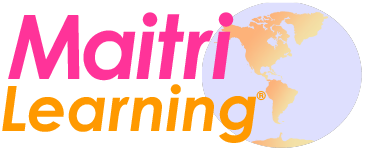

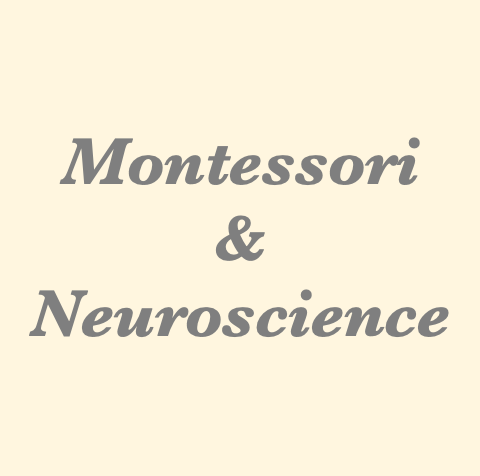
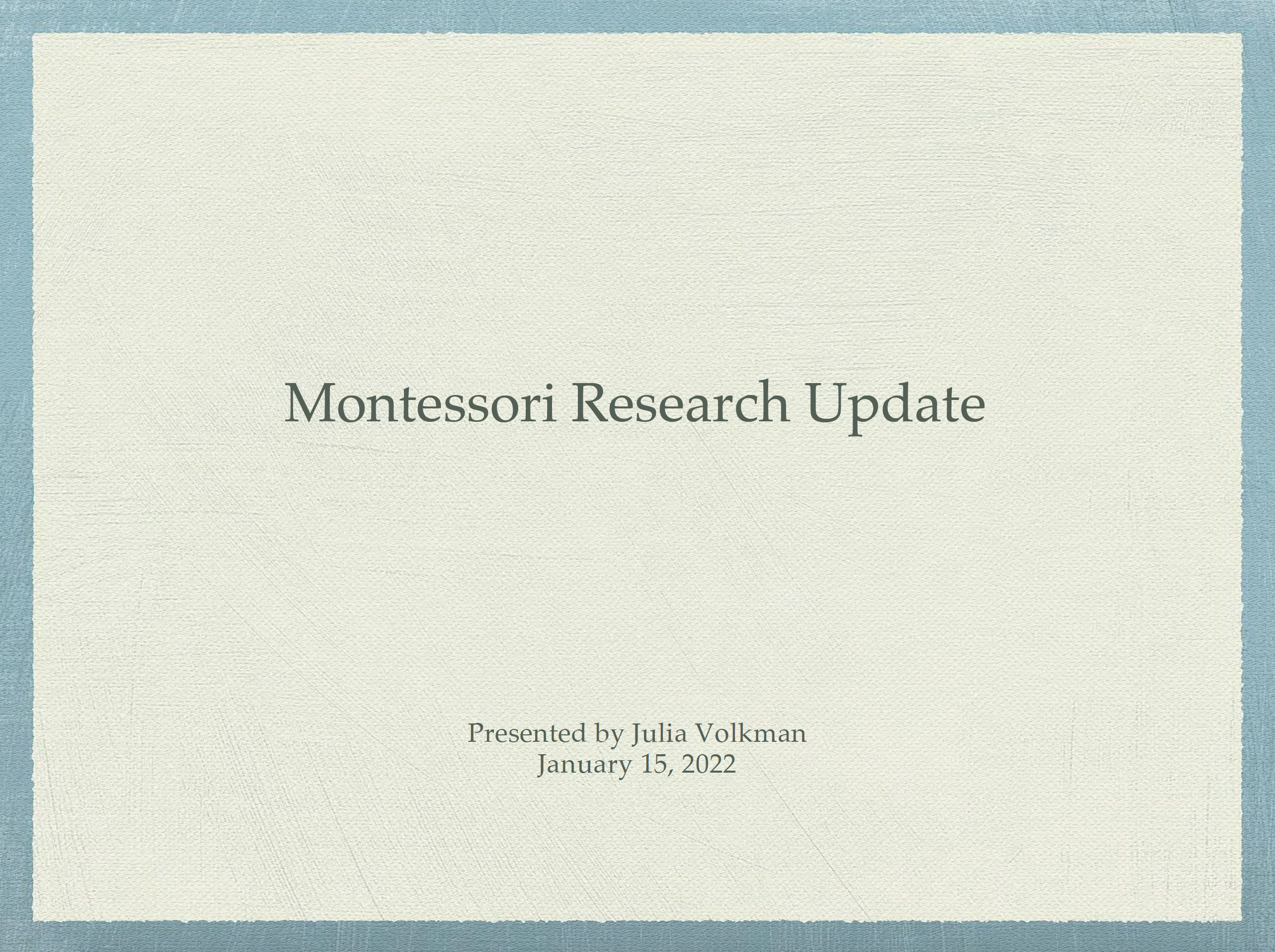

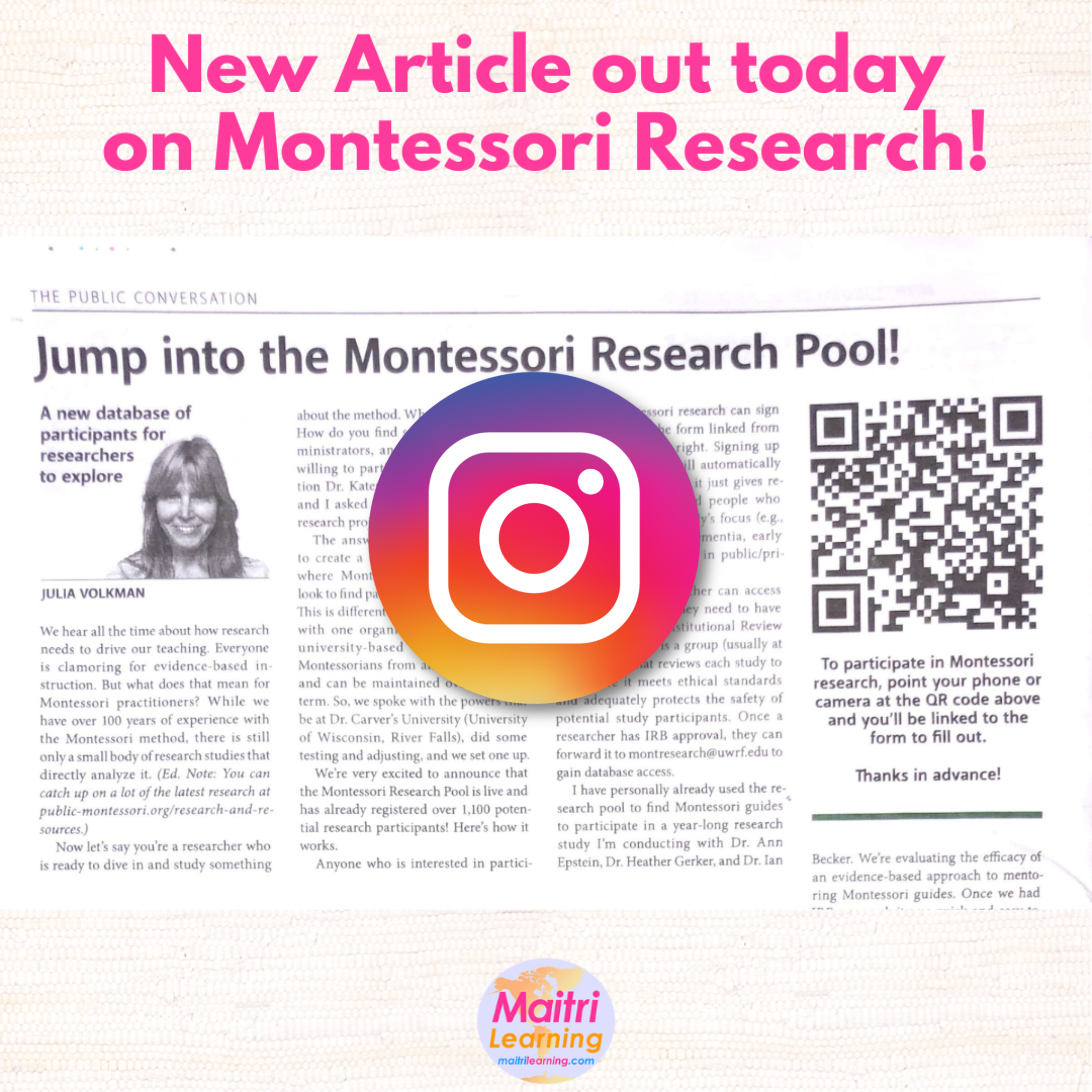
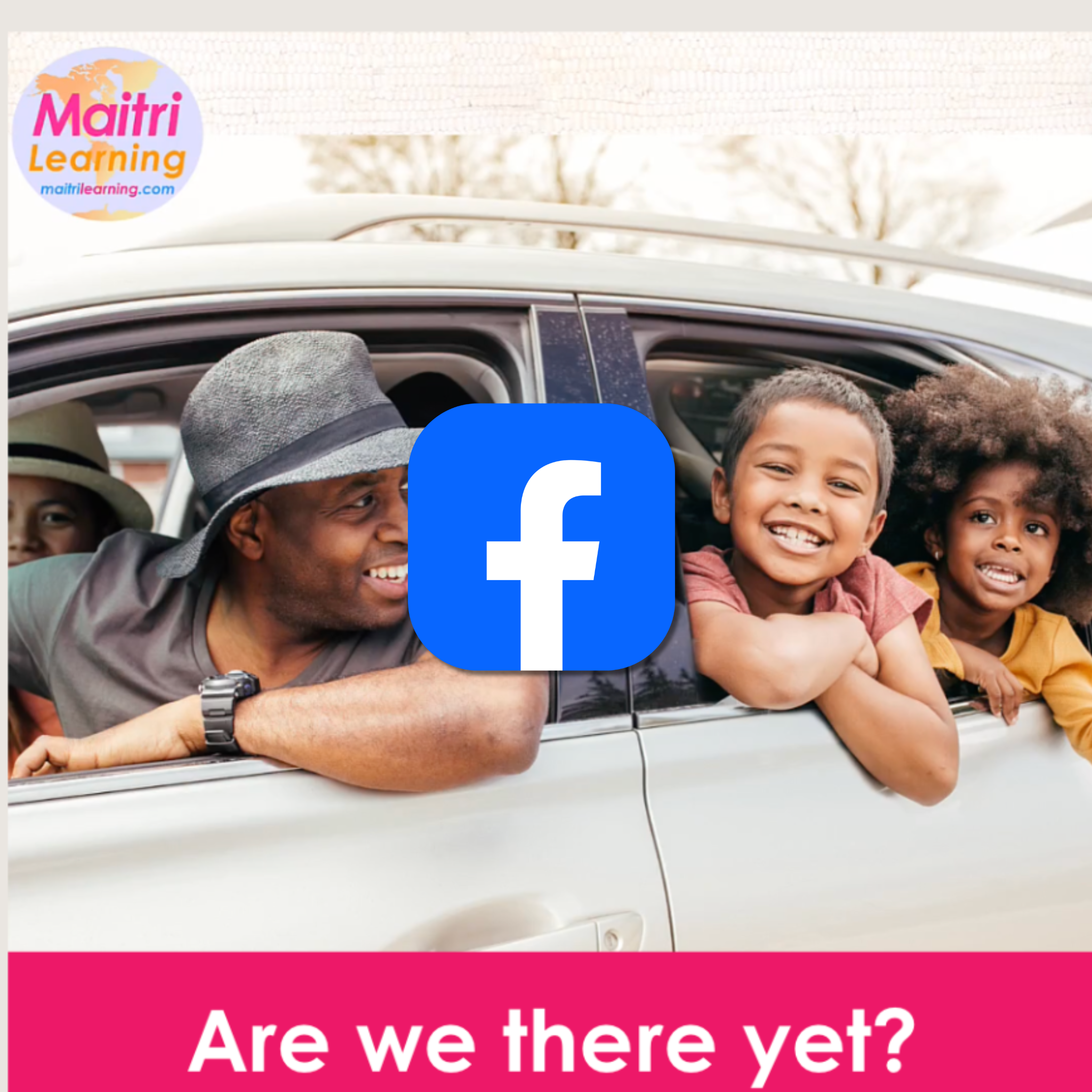
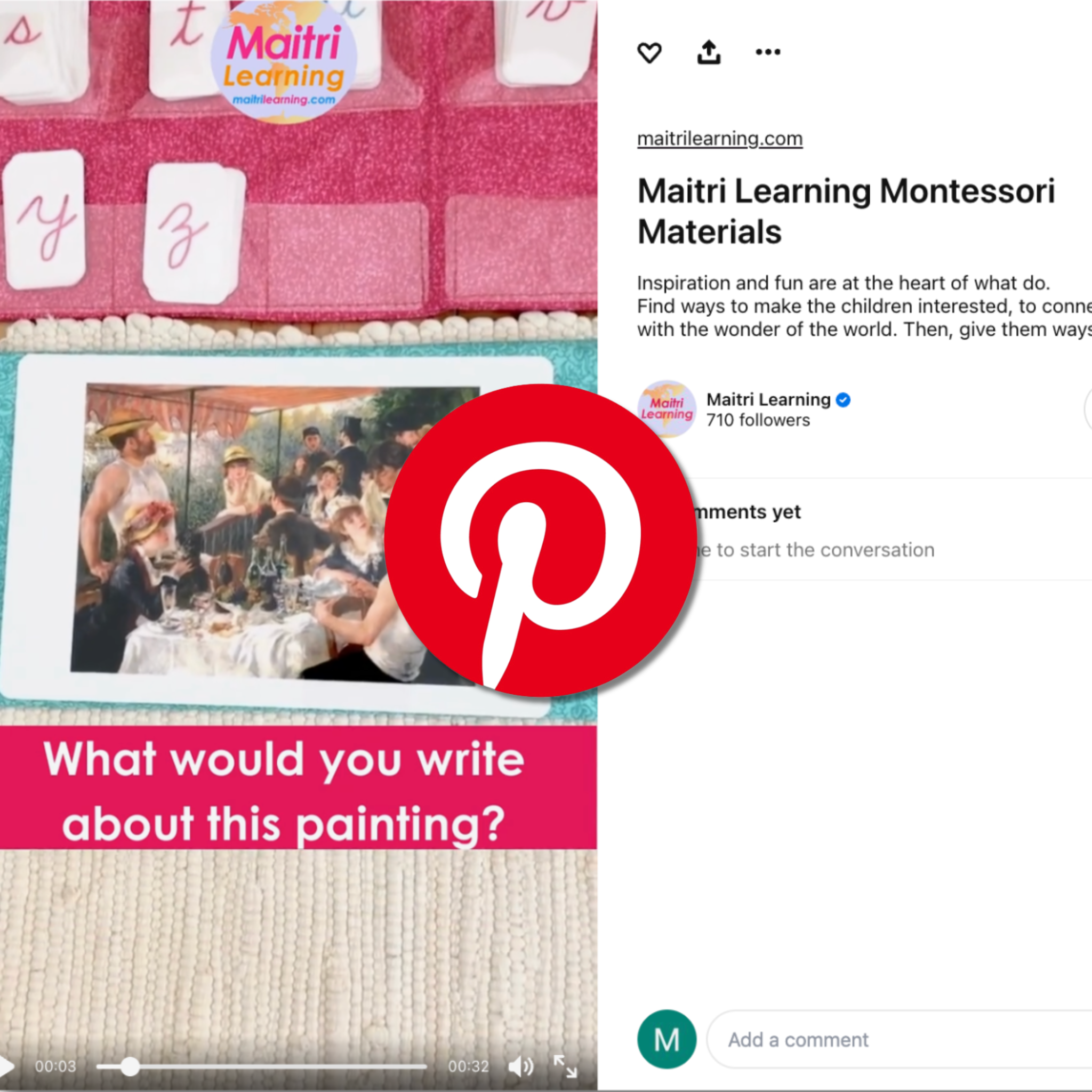
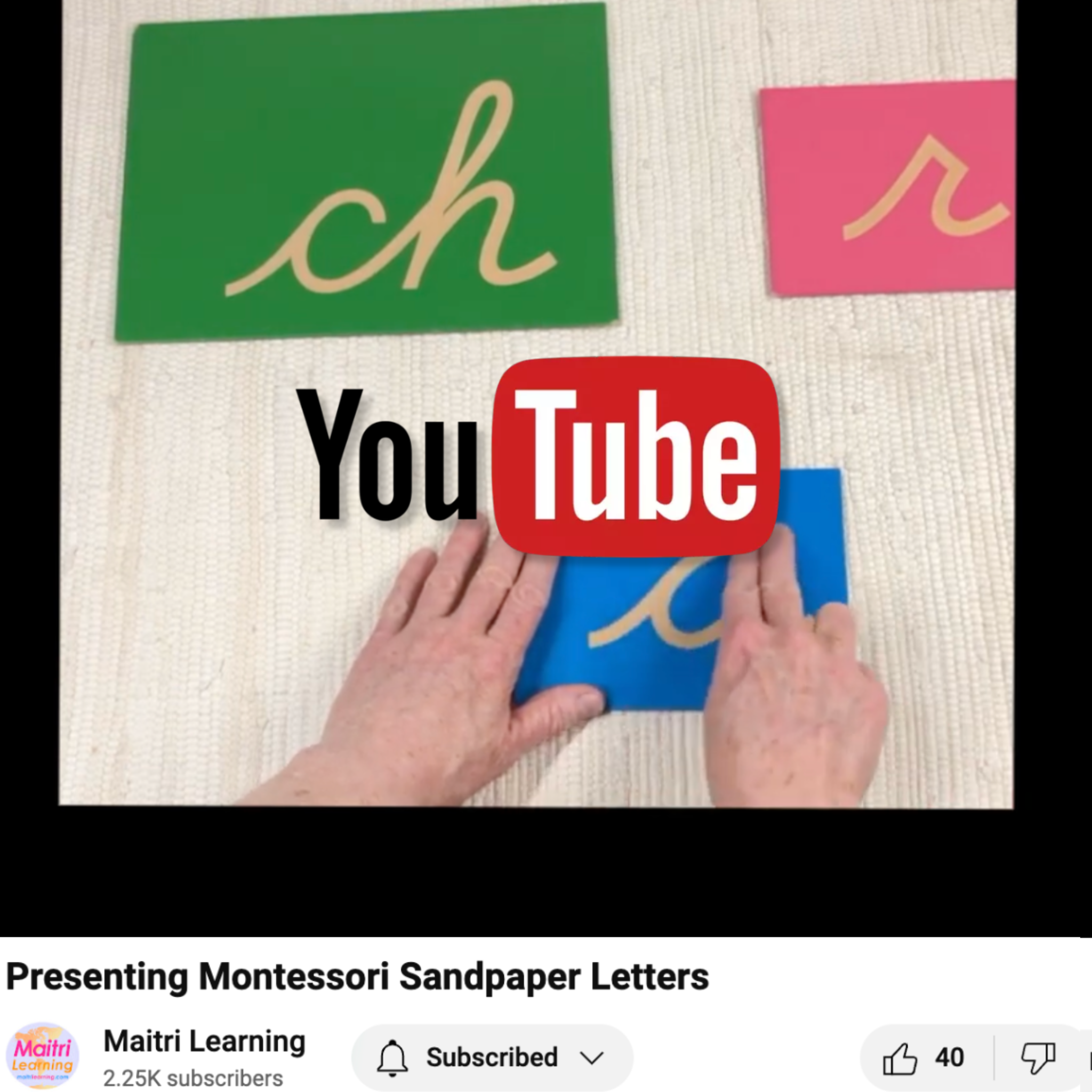
2 comments
What a brilliant and insightful read! Clear, research-backed, and beautifully explained truly valuable for anyone passionate about early language learning.
Sudha Acadamey
This article brilliantly illuminates the scientific approach to early language learning. It’s a must-read for educators and parents, offering valuable insights into effective language acquisition methods for young children.
vasan City Acadamey
Leave a comment
This site is protected by hCaptcha and the hCaptcha Privacy Policy and Terms of Service apply.